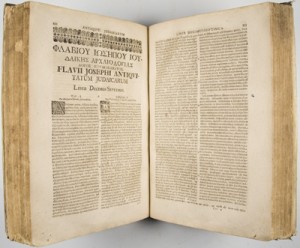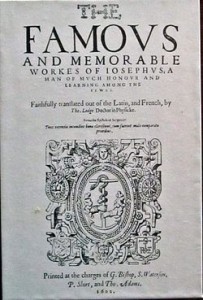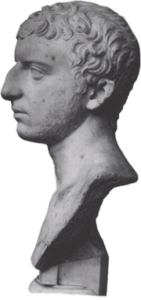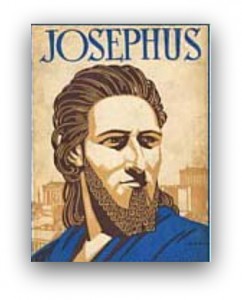Did you know?
The website at earlychristianwritings.com has been online since 2001.
I was only 20 years old when I put the website online. That’s right, not even old enough to get a drink!
The layout was designed by my brother-in-law Andy. It hasn’t been touched in over twenty years.
WordPress didn’t exist. Every single web page – hundreds of them – is hand-crafted HTML code.
Like the Hitchhiker’s Guide to the Galaxy with its comforting “DON’T PANIC” on the cover, the website has always had one simple advantage over all others. An orderly chronological listing on the homepage.
That website has served millions and has been linked or cited thousands of times online and in print.
But it’s been showing its age for a while, even in the basics. No SSL? No responsive layout? Yikes. Even enthusiasts of old websites built by hobbyists must admit it’s a painful experience on the phone.
It’s time for an upgrade!
Here’s what I am working on:
- Creating a simpler look that puts the texts front and center for easy reading.
- Adding more translations to the website.
- Adding more original language texts to the website.
- Using a responsive web design that works as well on the phone as on the desktop.
- Securing the website with SSL and getting a faster hosting provider.
- Using a modern web framework like Django, to make updates easier and faster.
The focus of the first update will be to get everything we currently have into the new website design. But I’ve been thinking about these things for a long time, and I have lots of interesting ideas for the website that I’d like to explore when that’s done.
For example, there’s been an e-Catena feature that I developed as a part of the website… but why shouldn’t these kinds of cross-references be built into the website and link you directly between reading the church fathers and reading the New Testament?
If you want to get an idea of my vision for the future of the website, the Gospel of Thomas Commentary is basically its prototype. Notice how each saying of the Gospel of Thomas is linked to other parallel passages, accompanied by the original language texts, and has additional commentary resources, even visitor interaction. This is the kind of thing that I’ve always wanted Early Christian Writings to be.
Joining the Waitlist
With early access to the upgraded website, you can test out the new features and the new design.
If you have ideas for the future of the website, I’d love to hear from you. Drop me a comment below or send me an e-mail at peterkirby@gmail.com with your ideas!
Why Now?
Early Christian Writings has always been a labor of love and a one-man show. I developed most of it when I was young, in college, and had plenty of time. But then I graduated with a degree in mathematics and took a job at Apple, where I worked as a software developer and machine learning engineer. I learned a lot working for a big company on difficult projects, but it didn’t leave much time for developing the site.
In the back of my mind, I always wanted to take the time to do it right. Recently I left my job at big tech, moved out to Arizona, and set up a little home office where I can work on this full time. I’ve been looking forward to this for a while now. I’m excited to get started.
Let me know what you think, and join the waitlist to follow along!
 Of all the techniques that could be used to study ancient texts, there are a few that stand out as being both very important and largely understudied, being either ignored in practice or taken on faith due to the lack of relevant expertise or accessible tools. The ones that come to my mind right now are these:
Of all the techniques that could be used to study ancient texts, there are a few that stand out as being both very important and largely understudied, being either ignored in practice or taken on faith due to the lack of relevant expertise or accessible tools. The ones that come to my mind right now are these:






